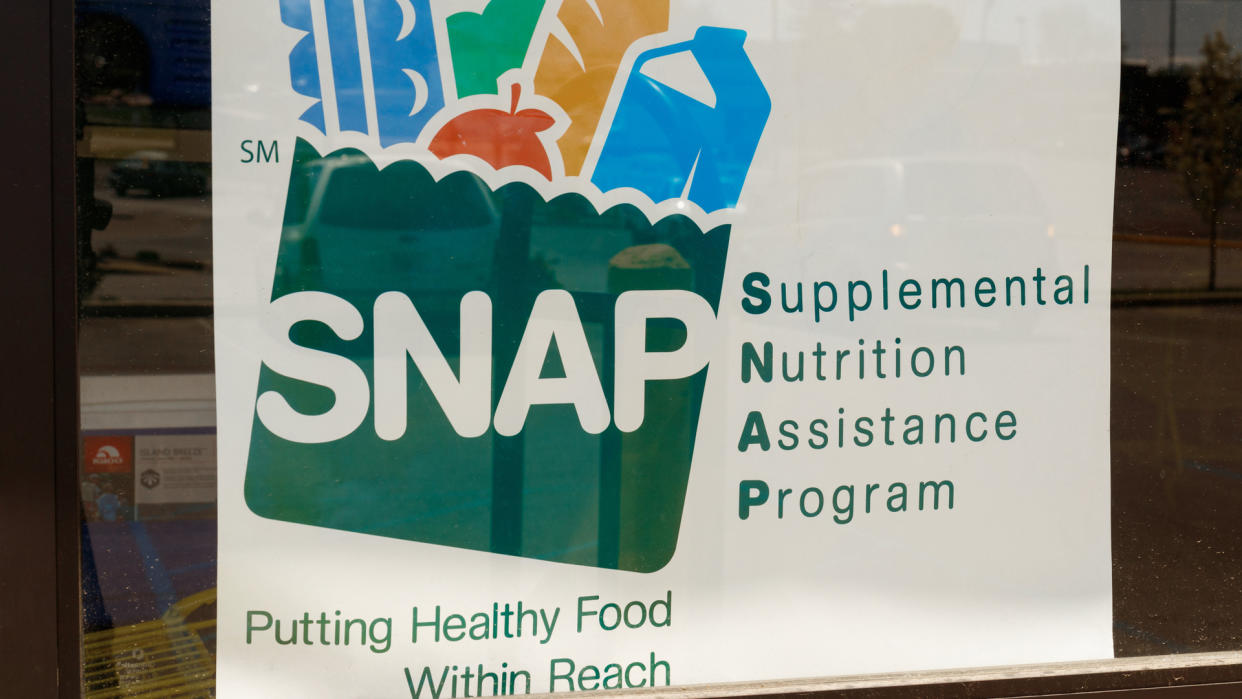SNAP 2022: Here’s a Look at What Happened Over the Last Year

The Supplemental Nutrition Assistance Program, also referred to as SNAP, provides funding for American households suffering from food insecurity. For fiscal year 2021, the SNAP program served 41.5 million individuals, or roughly 13% of the total population. The program formerly known as “food stamps” is thus a vital component of the U.S. welfare system, and it provides economic benefits as well.
See Our List: 100 Most Influential Money Experts
Read: 3 Easy Tips To Turn Your Credit Woes Into Wows
According to the Food Research and Action Center, every $1 in SNAP benefits paid during a downturn translates to between $1.50 and $1.80 in economic activity. The SNAP program is far from static, though, as refinements and adjustments are constantly being made. Here’s a look at what happened to the SNAP program in 2022.
Inflation Adjustment
Much like Social Security benefits, SNAP benefits receive an inflationary adjustment every year. However, unlike Social Security benefits, SNAP benefits are paid on a fiscal year that begins every Oct. 1.
The inflation adjustment for Oct. 1, 2022 was a whopping 12.5% in response to the highest inflation rates in over 40 years.
Maximum Benefit Amounts
The inflation adjustment that took effect Oct. 1, 2022 also increased the maximum SNAP benefit amounts. SNAP maximums vary based on the size of the qualifying household, as follows:
One-person household: $281
Two-person household: $516
Three-person household: $740
Four-person household: $939
Five-person household: $1,116
Six-person household: $1,339
Seven-person household: $1,480
Eight-person household: $1,691
Each additional person: $211
Take Our Poll: How Do You Typically Split the Restaurant Bill?
These SNAP maximums apply to the 48 contiguous states and the District of Columbia. Separate tables are in place for residents of Guam, the U.S. Virgin Islands, Alaska and Hawaii. Here is the range of SNAP maximums for each of these locales based on household size:
Guam: $415 – $2,493, plus $312 for each additional person beyond eight
U.S. Virgin Islands: $362 – $2,174, plus $272 for each additional person beyond eight
Alaska: $351 – $3,274, plus up to $409 for each additional person beyond eight
Hawaii: $538 – $3,230, plus $404 for each additional person beyond eight
Income Eligibility Standards
Households must have income below certain thresholds to qualify for SNAP benefits. This number is set at 100% of the poverty level, a figure that is also adjusted annually.
Income limits are set by household size and vary depending on where participants live. One limit applies to those in the 48 states, Guam and the U.S. Virgin Islands, another applies to residents of Alaska, and a third applies to residents of Hawaii. Starting Oct. 1, 2022, limits are as follows:
Household size 1: $1,133 / $1,416 / $1,303 (48 states, Guam and Virgin Islands / Alaska / Hawaii
Household size 2: $1,526 / $1,908 / $1,755
Household size 3: $1,920 / $2,400 / $2,208
Household size 4: $2,313 / $2,891 / $2,660
Household size 5: $2,706 / $3,383 / $3,113
Household size 6: $3,100 / $3,875 / $3,565
Household size 7: $3,493 / $4,366 / $4,018
Household size 8: $3,886 / $4,858 / $4,470
Each additional member: $394 / $492 / $453
Maximum Asset Limits
In addition to income limits, the SNAP program has asset limits that households cannot exceed if they wish to qualify for benefits. Starting Oct. 1, 2022, maximum asset limits were adjusted to the following:
Households with at least one member who is age 60 or older or is disabled: $4,250
All other households: $2,750
State Emergency Allotments
Numerous states have implemented emergency allotments of their own to supplement federal SNAP benefits. These allotments began at the onset of the pandemic and are scheduled to last until the federal emergency is lifted — which may or may not be soon.
Thirty-five states had agreed to provide additional aid through Nov. 2022, but only 24 have agreed to extend benefits through Dec. 2022. Under the provisions of this program, states guaranteed at least $95 in additional aid to each qualifying household. However, benefits vary by state. To see if you qualify and how much additional you may earn, you can contact your state SNAP program.
More From GOBankingRates
This article originally appeared on GOBankingRates.com: SNAP 2022: Here’s a Look at What Happened Over the Last Year

